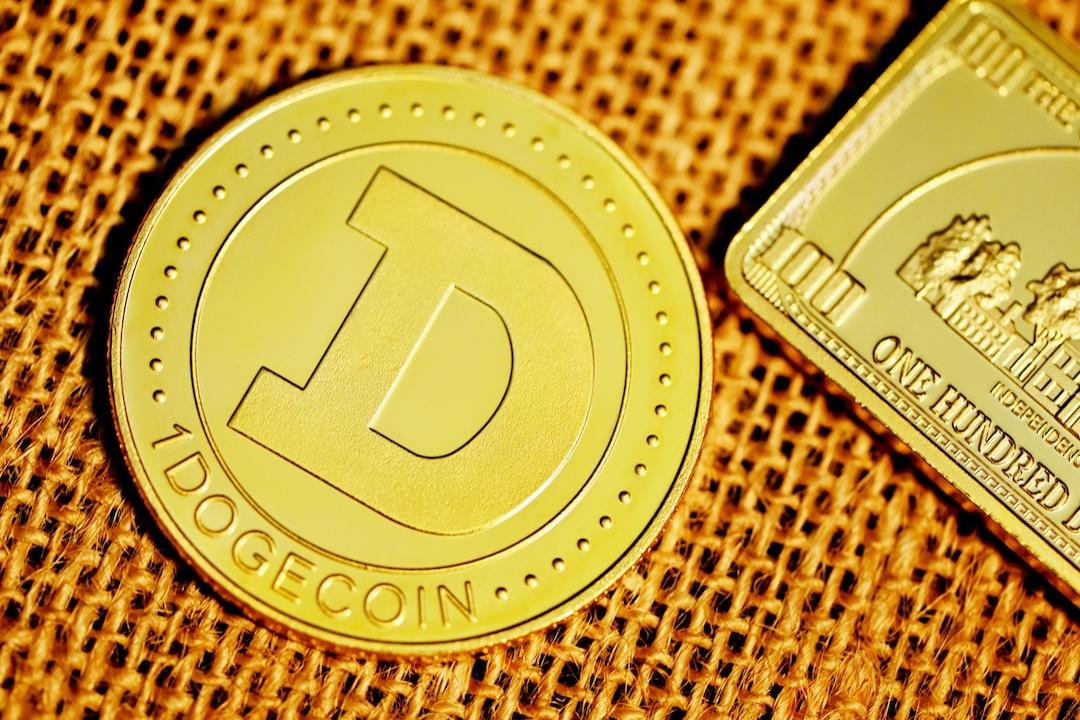What Happened?
Tether achieved an astonishing profit of nearly $4.9 billion in the second quarter of 2025 and holds over $5.4 billion in “excess reserves.” This indicates that the company can not only fully back all circulating USDT but also possesses substantial equity as a safety buffer, demonstrating exceptionally robust financial health.
Tether’s holdings of U.S. Treasury securities have surpassed $127 billion, making it the 18th largest holder of U.S. debt globally, surpassing South Korea. This not only solidifies USDT’s position as a “digital dollar” but also significantly enhances Tether’s influence within the global financial system.
Surge in USDT Demand, Total Circulation Exceeds $157 Billion
Stablecoin issuer Tether recently released its financial report for the second quarter of 2025, indicating not only a robust financial condition but also that the reserves backing its issued stablecoin USDT are supported by tangible assets, further consolidating its reputation and market position as the leading digital dollar provider globally.
The report noted that demand for USDT remained strong in the second quarter of 2025, with Tether issuing over $13.4 billion in USDT during this period. Since the beginning of the year, the total issuance of USDT has increased by $20 billion, bringing the total circulating supply to over $157 billion.
The continuous growth in demand for stablecoins reflects the widespread adoption of USDT globally. In regions where traditional banking services are limited or inaccessible, USDT has become a crucial tool for payments, savings, and financial inclusion, serving users in over 150 countries.
As of June 30, 2025, Tether’s total assets were approximately $162.6 billion, with total liabilities of $157.1 billion, the vast majority of which are related to issued digital tokens. The company’s assets consistently exceed its liabilities, demonstrating its strong repayment capability.
Financially, Tether achieved a net profit of approximately $4.9 billion in the second quarter of 2025, a 277% increase from the same period last year. This brought the company’s total profit for the first half of 2025 to $5.7 billion, of which about $3.1 billion came from recurring profits from daily operations, while another $2.6 billion was attributed to the appreciation in the market value of gold and Bitcoin.
Meanwhile, Tether’s shareholder equity (i.e., excess reserves) remained stable at $5.47 billion. This means that the total assets held by Tether exceed its liabilities needed to back all issued USDT stablecoins by $5.47 billion. This fund serves as a safety buffer to respond to market fluctuations, ensuring the company’s stable operation across different market cycles.
Additionally, one of Tether’s most notable achievements this quarter is its influence in the U.S. Treasury market.
The report shows that Tether’s total holdings of U.S. Treasury securities have increased to over $127 billion, including approximately $105.5 billion in direct holdings and $21.3 billion in indirect holdings. This figure positions Tether as the 18th largest holder of U.S. government debt globally, surpassing South Korea.
Market Competition and Regulatory Environment
Despite impressive financial results, Tether has not retained all its profits but instead reinvested a significant portion into long-term strategic projects.
Over the past six months, the company has invested nearly $4 billion in infrastructure and innovation projects in the United States, as well as in initiatives focused on finance, data, and digital freedom, such as XXI Capital and Rumble Wallet. Notably, these strategic investments are entirely separate from the reserves that support USDT.
While Tether continues to expand, its competitors are also taking significant steps. The American company Circle (the issuer of USDC) successfully conducted its initial public offering (IPO) in June 2025; meanwhile, fintech giant PayPal is offering yields of up to 3.7% on its stablecoin.
At the same time, the global regulatory environment is becoming increasingly clear. U.S. President Trump signed the first legislation targeting stablecoins, the GENIUS Act, in July; the European Union is also exploring a unified regulatory framework for stablecoins to address the dominance of the dollar.
Tether’s CEO, Paolo Ardoino, stated: “The results of the second quarter confirm that market confidence in Tether is accelerating. With the gradual formation of a regulatory framework, Tether has become a successful model of stablecoin innovation, demonstrating its transparency, resilience, and immense global impact. USDT is helping billions of people achieve the stability of the dollar, and this mission has never been more important.”
Reference: tether, cointelegraph, thecoinrise

